Let’s go back 100 years and explore a design style called Art Deco! Art Deco was a design style that was popular in the 1920s.
Here are some V&A objects from that time. Let’s have a closer look: what do you think they have in common?
Have you noticed that they all have geometric shapes, bold colours and strong lines? The Art Deco style was all about shapes. Can you spot any objects in your home that look similar to these?
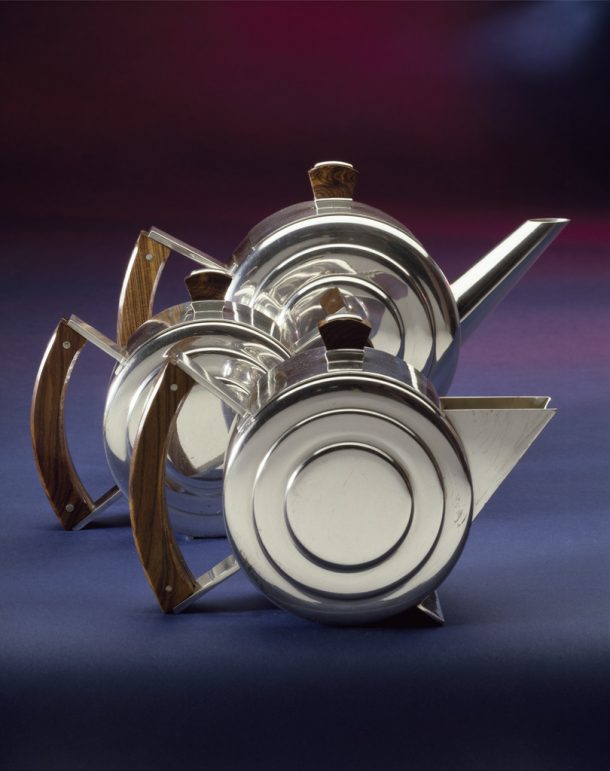
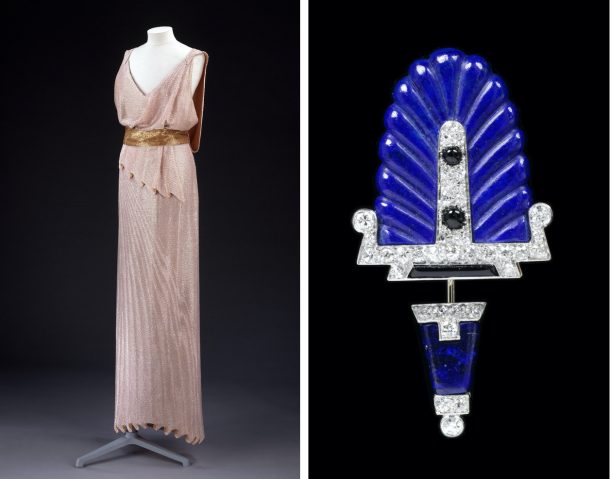
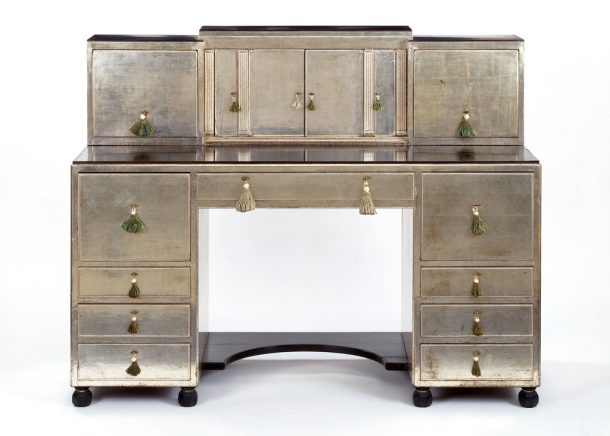
There are many Art Deco objects in the V&A collections. You can see more examples and find out about the work of artists and designers from that period here.
In today’s activity, we’ll explore the Art Deco style, get inspired and design our own geometric patterns!
Don’t forget to share your creations on #LetsMakeWednesdays
Let’s explore Art Deco!
The Art Deco style came about after the first World War, when everyone wanted to make a fresh start. Technology was changing people’s lives. People now had access to fast cars and trains. Imagine going to the cinema for the first time!
Here is an object by the glass artist René Jules Lalique. Can you guess what it was used for?
It’s a car mascot: an object put on a car’s hood for decoration. What springs to mind when you look at it? It’s called ‘Spirit of the Wind’. Can you see how its wind-blown hair symbolises speed? What would you choose as your mascot for your bike or scooter?
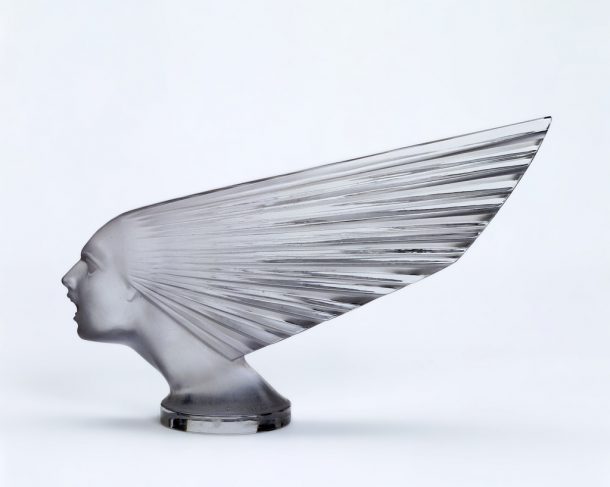
Artists and designers were inspired by the speed of fast cars and even faster airplanes! They started using the aerodynamic curves and bold lines of cars and airplanes in the design of buildings and everyday objects.
Plastic was a new (and cheap) material that was easy to shape . Designers could now think about new ways of designing products that were stylish, useful and durable.
Over time, the Art Deco style changed. Artists and designers were influenced by more abstract styles and became even more passionate about geometry (a form of maths, which is all about lines and shapes).
This ceramic piece by Clarice Cliff, with its bright colours and abstract, geometric forms was a very popular design. See if you can spot the sunburst, one of the most famous Art Deco motifs. How does it make you feel when you look at it?
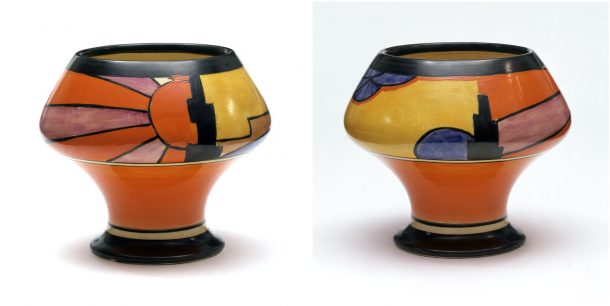
Let’s play with geometric shapes!
Let’s look for inspiration in these textile designs.
These furnishing fabrics were made by William Foxton Ltd., a business that produced some of the most innovative artist-designed textiles of the 1920s. One is designed by F. Gregory Brown and was awarded a gold medal in the Paris Exhibition of decorative arts!
What shapes can you see in the pattern? How does it make you feel when you look at it? Perhaps a little dizzy? The other fabric was designed by W. Herrman. What springs to mind when you look at it? Don’t you think that the shapes look a bit like buildings or machines?
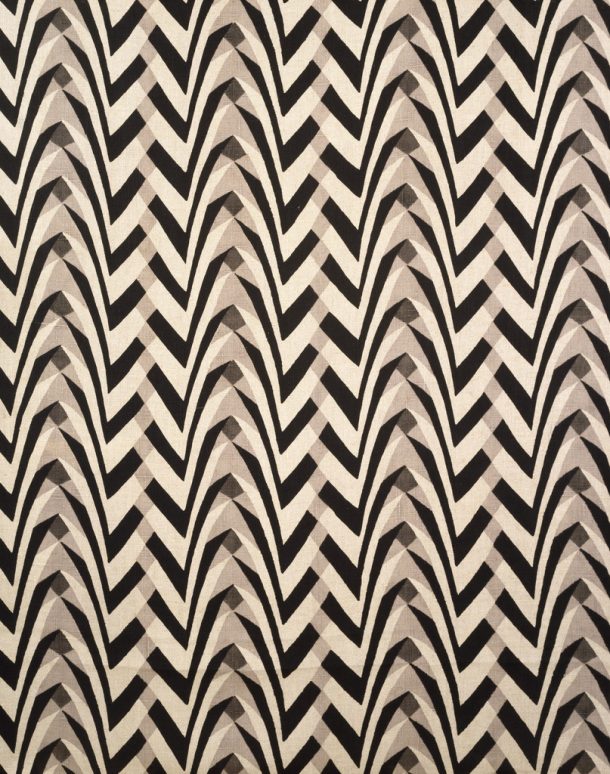
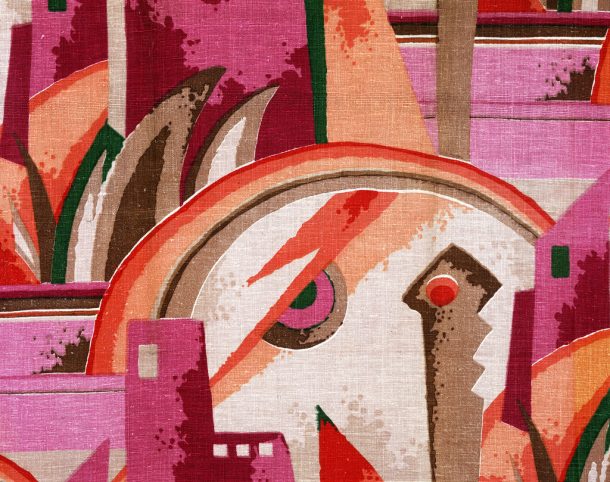
Let’s design a pattern!
Now, it’s your turn to design your own abstract pattern! Abstract art is created by using colours, shapes and textures. What colours and shapes will you choose?
You can use potatoes, cardboard pieces, sponges or even dried pasta to stamp patterns on paper.
You will also need: plain and coloured paper, coloured paints, pencils, crayons, felt tips, a ruler, paintbrushes and an artist’s palette (or a piece of cardboard).
Potato-printing is a fun way to create repeat patterns. Here’s how you do it:
- Ask an adult to cut some potatoes in half
- Draw your shape on the potato — it can be a triangle, a circle, a square or any other shape
- Ask an adult to cut around the shape to create a stamp
- Choose a colour and use a paintbrush to paint the surface of your potato-stamp
- Press the potato-stamp on your paper of choice to make a print
- Stamp again to repeat your pattern on the paper as many times as you like
- Why not try using a different colour?
- When you’re done, leave it to dry for 20 minutes
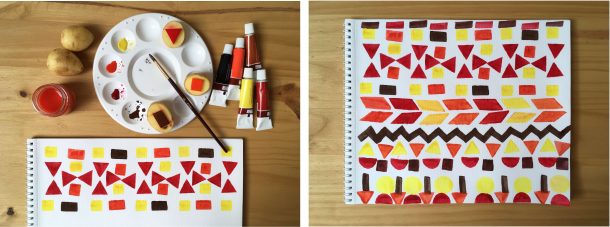
Here is our example. We have used bright contrasting colours, bold geometric shapes and patterns such as triangles and zigzags that are typical of the Art Deco style.
Tracing is another fun way to design a pattern. Look around the house for objects with geometric shapes that you can use to trace shapes on paper.
Try using bottle caps, jar lids or plates to draw circles and semicircles. You can also draw your abstract pattern using coloured paints and brushes, pencils, crayons or felt tips. Your design can be symmetrical or asymmetrical, simple or complex.
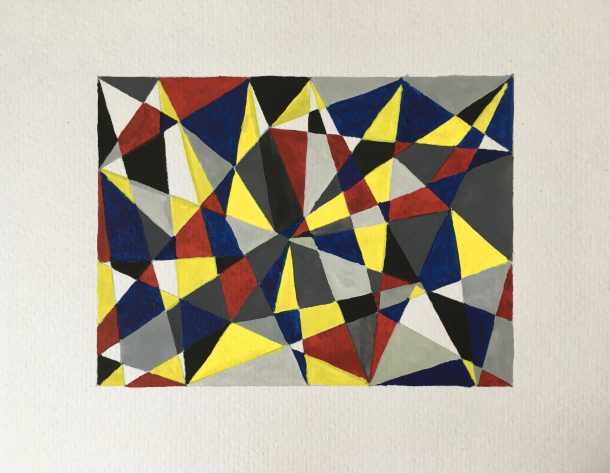
In our example, we have used paints and brushes to create an abstract geometric pattern.
Top tip: Once you have created your design why not use a digital pattern-making app, like Pattern Art or Symmetry Lab Basics to create a repeating pattern? Or you can take it a step further and use a digital kaleidoscope app (e.g. KaleidaCam) and see how your patterns are transformed. Try rotating your designs at different angles for interesting results!
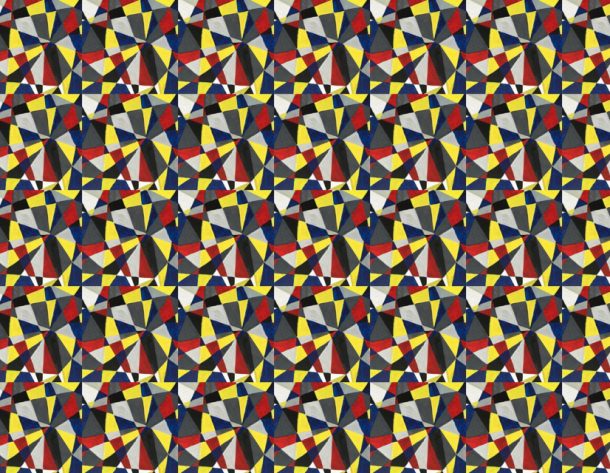
This is what our drawing looks like when put through the digital pattern-making app!
Have you thought about how you will use these new patterns you’ve created? Maybe you could decorate your notebooks with it or use it as wrapping paper for presents? It’s up to you!
Remember to share your creations on #LetsMakeWednesdays


